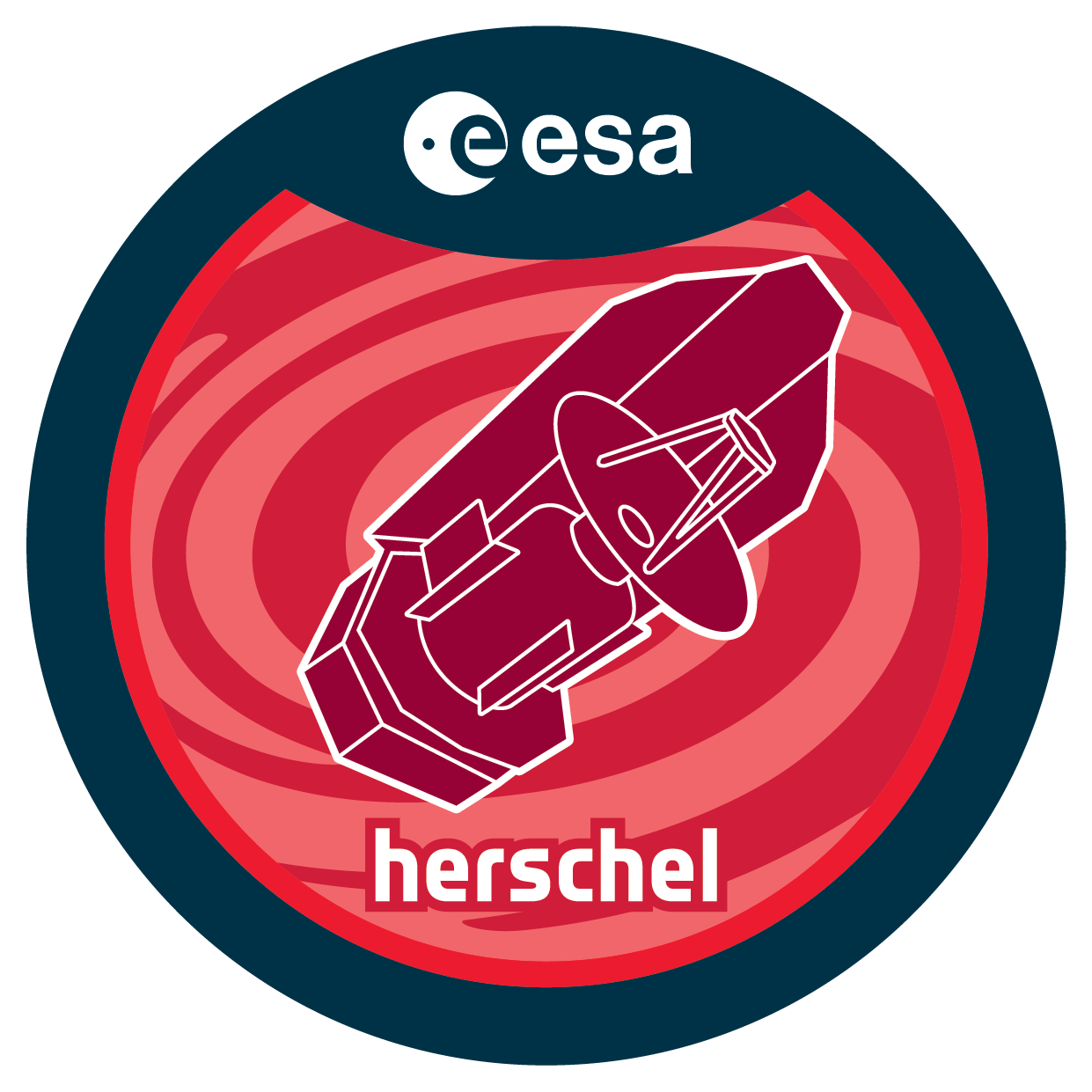| Description |
The scientific motivation for this proposal is to tracethe evolution of dust grains in relation to changes of the physical,dynamical and chemical properties of the interstellar medium. This program will provide an unprecedented view of the structure of the ISM at far-infrared and submillimeter wavelengths and will enable us to investigate the impact of dust grains on the ISM physical and chemical state. The program will take full advantage of four unique characteristics ofSPIRE and PACS: brightness sensitivity, wavelength coverage, angularresolution, and mapping efficiency. The brightness sensitivity isessential to measure the faint infrared emission from the diffuseregions. The spectrometers will provide thenecessary information to derive the physical properties ofthe atomic and molecular gas and completely characterize dustevolution. The angular resolution is critical for tracing the dominantprocesses in grain evolution which takes place on all scales down to afew arcseconds. The data statistics will allow us to probe the impactof extreme physical conditions, e.g., high densities, intense vortices orillumination, on the dust evolution. Our goal is to build with Herschel a coherent database on interstellar dust emission extending to much smaller angular scales than the IRAS and DIRBE surveys and covering a wide range of ISM physical conditions, from diffuse clouds to the sites of star formation and protostars. The program is supported by state-of-art modelling of the dustemission and physical processes acting on dust as well as by on-goinglaboratory measurements of the grains properties at far-infrared andsubmillimeter wavelengths. The Herschel observations will benefitfrom ground-based ancillary data (HI and CO) and from Spitzerprograms yielding a full description ofthe spectral energy distribution of interstellar dust from the near-infrared to the submillimeter. |

